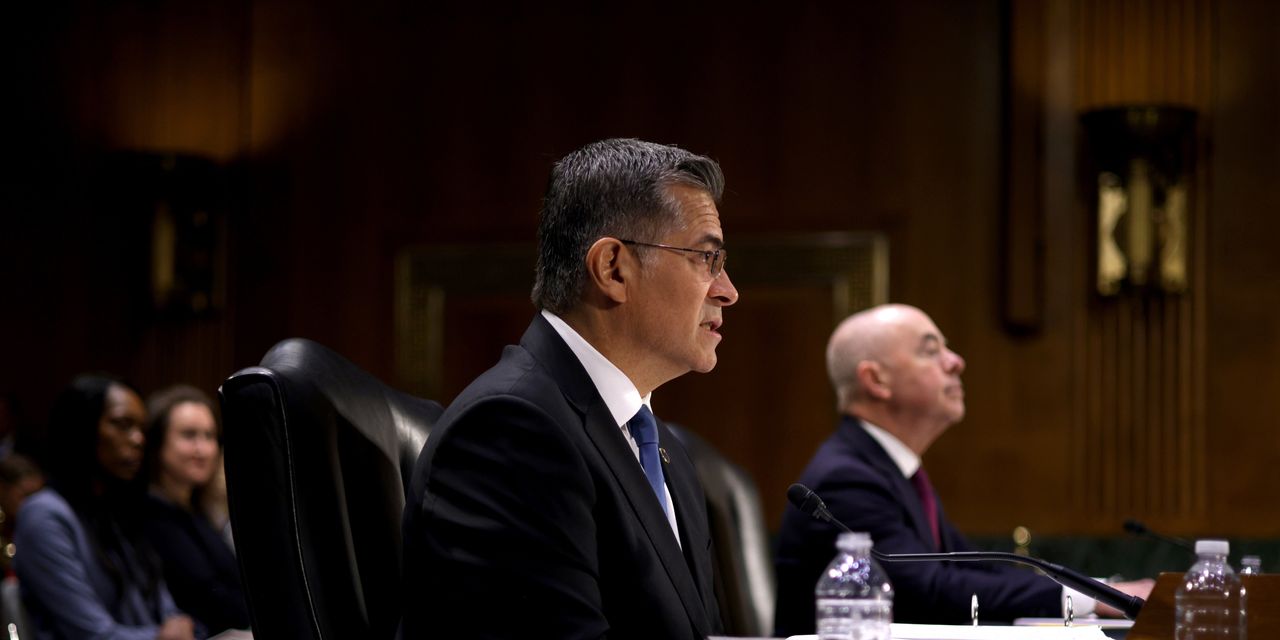“Tens, if not hundreds, of thousands of kids and parents in each of your states could lose out on coverage unless Congress commits to additional funds.”
That was Health and Human Services Secretary Xavier Becerra testifying before the Senate Appropriations Committee Wednesday about the need for additional child-care funding. The hearing was in response to a request President Joe Biden made last month for supplemental funding from Congress for crises both in the U.S. and abroad, including an additional $16 billion for child care to make up the shortfall created after pandemic-era federal stabilization funding for child-care centers expired at the end of September.
The child-care system in the U.S. needs a long-term funding solution, Becerra said, but if no additional stabilization funding comes through now, not only will families lose out, but the economy will lose employees and businesses.
“It’s just in the definition of words. If we don’t have those stabilization funds, we destabilize not just families across America, but our economy,” Becerra said.
Some $24 billion in child-care stabilization funds expired on Sep. 30. The funding was part of the American Rescue Plan, which was passed in 2021 to help workers and businesses affected by the pandemic. The pandemic and its ripple effects, including labor shortages, made it more expensive for child-care providers to operate and hire workers. The funding helped providers pay for expenses such as rent and supplies over the past two years, and many were able to hire new workers.
Policy analysts and advocates said the expiration of the federal funding amounted to a child-care “cliff.” Although many states have rushed to provide funding, providers and analysts say that no state-level funding can replace the lost federal money. Some providers have had to close down child-care programs or raise prices, which many families already struggle to pay. Even though the public-health emergency has ended, child-care providers said the need for additional funding remains, because inflation has increased their costs and because of difficulties in hiring and operating.
In a proposal that came out last week, the White House further detailed how the $16 billion in child-care funding it asked for would be distributed state by state. The funding would go to more than 220,000 child-care providers, the same number of providers that the expired funding reached.
There are some signs that the expense of child care is starting to put a strain on consumers’ wallets. U.S. households that pay for child care have been curbing their spending more than other households since May, according to a recent Bank of America
BAC,
analysis.
In October, the number of workers who reduced their work hours due to child-care problems jumped. About 92,000 Americans who usually work full time said in October that they were working only part time for at least a week because of issues related to child care, according to the Bureau of Labor Statistics. That’s compared with some 55,000 workers who said the same in September.
A Bank of America economist told MarketWatch previously that if nothing is done, rising child-care costs could further hurt overall consumer spending. Becerra also said the child-care crisis could affect even more workers who are parents.
“There will be people who have to leave the workforce because they will have to stay home to care for their kids. There are small businesses — the vast majority of our child-care programs are small businesses — they will go under,” Becerra said at the hearing.
While some Republican senators at the hearing suggested that the child-care crisis needs long-term investment through bipartisan funding such as Child Care and Development block grants, a federal program to help fund child care for low-income families, Becerra said block grants only help certain families.
“And even then, that money only accounts for about one in seven of the eligible families who need child care,” Becerra said. Stabilization money, on the other hand, goes to providers who are struggling to stay open, he added.
Read the full article here










